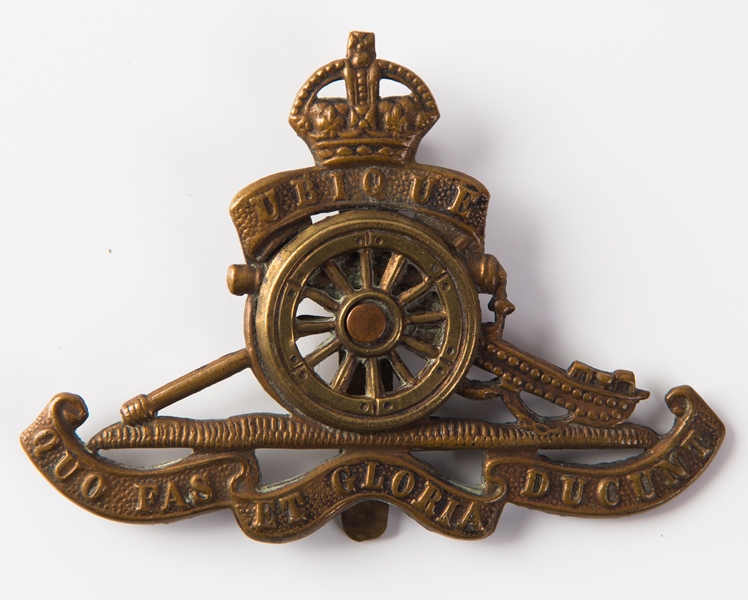Personal Details
Born: In Stroud Green, Hornsey, London in 1885.
Family: He was the first of 5 children born to Robert Jones Beddoe, a mechanical engineer, and his wife Minnie (nee Hatfield). His siblings were Helen, Edith, Hubert and Arthur. In 1915 he married Blanche Bamforth in Whitchurch, Shropshire. They had 2 children – Robert Jones was born in 1916 and Anne F was born in 1920.
Residence: In 1891 the family were living in Lincoln Road, Washingborough, Lincolnshire but by 1901 they had moved to 2 Hotspur Road, Gainsborough, Lincolnshire. By the time of the 1911 Census he was living on his own at 11 Upper Camden Place, Bath. On his Attestation document Ronald`s address is given as 18 Bark Hill, Whitchurch, though at some stage this has been changed to Brooklands Cottage, Chester Road. The 1934 Kelly`s Directory for Whitchurch has his private residence as 16, High Street, Whitchurch, Shropshire. However in the following year, 1935, his address is given as Fairleigh, Meole Brace, Shrewsbury, Shropshire.
Employment: On the 1911 Census his occupation is given as bank clerk and in 1915 on his Attestation he is described as a bank cashier. Kelly`s Directory for Whitchurch, Shropshire 1934 showed his occupation as bank manager.
Died: In Shrewsbury on 14 April 1935, aged 49.
Military Details
Regiment: Royal Garrison Artillery
Rank: Gunner
Service Number: 171536
Date of Enlistment: 6 December 1915
Date of Discharge: 31 May 1919 at Prees Heath,Shropshire
Reason for Discharge: Demobilisation
Other Information Ronald was posted to France on the 8th November 1917.
Ronald was awarded the Campaign Medals (British War Medal, and Victory Medal).

The British War Medal (also known as 'Squeak') was a silver or bronze medal awarded to officers and men of the British and Imperial Forces who either entered a theatre of war or entered service overseas between 5th August 1914 and 11th November 1918 inclusive. This was later extended to services in Russia, Siberia and some other areas in 1919 and 1920. Approximately 6.5 million British War Medals were issued. Approximately 6.4 million of these were the silver versions of this medal. Around 110,000 of a bronze version were issued mainly to Chinese, Maltese and Indian Labour Corps. The front (obv or obverse) of the medal depicts the head of George V. The recipient's service number, rank, name and unit was impressed on the rim.
The Allied Victory Medal (also known as 'Wilfred') was issued by each of the allies. It was decided that each of the allies should each issue their own bronze victory medal with a similar design, similar equivalent wording and identical ribbon. The British medal was designed by W. McMillan. The front depicts a winged classical figure representing victory. Approximately 5.7 million victory medals were issued. Interestingly, eligibility for this medal was more restrictive and not everyone who received the British War Medal ('Squeak') also received the Victory Medal ('Wilfred'). However, in general, all recipients of 'Wilfred' also received 'Squeak' and all recipients of The 1914 Star or The 1914/1915 Star (also known as 'Pip') also received both 'Squeak' and 'Wilfred'. The recipient's service number, rank, name and unit was impressed on the rim.

